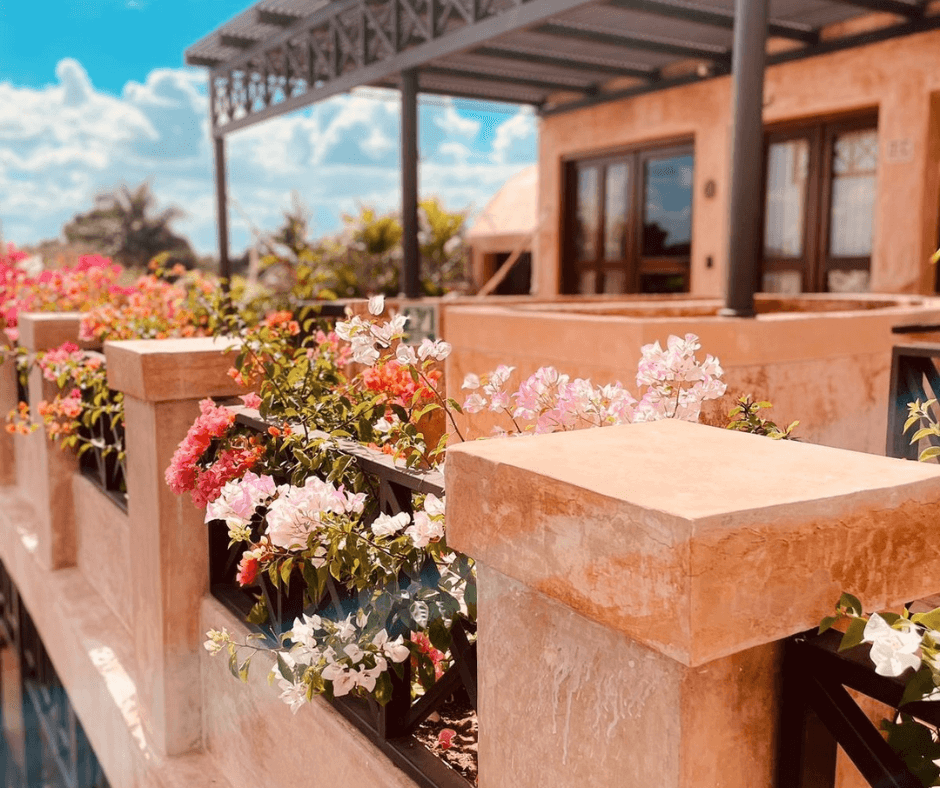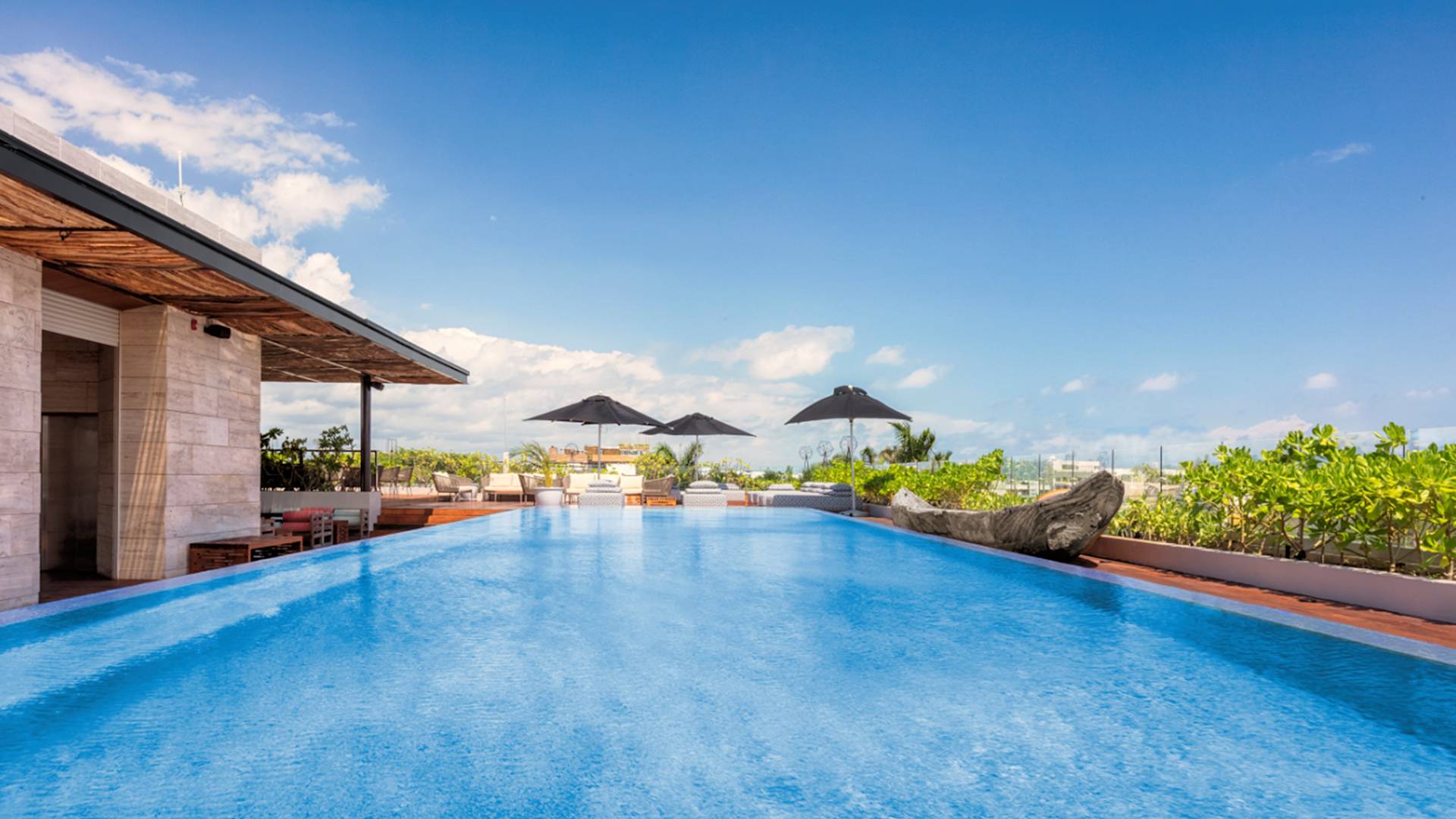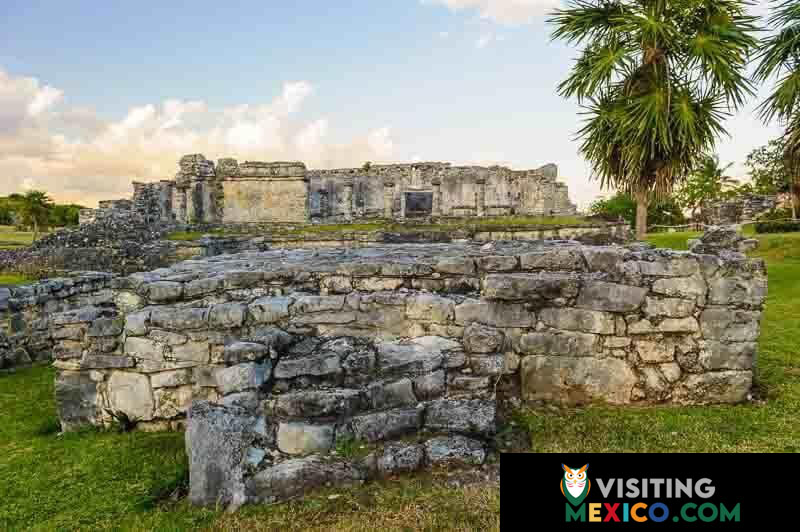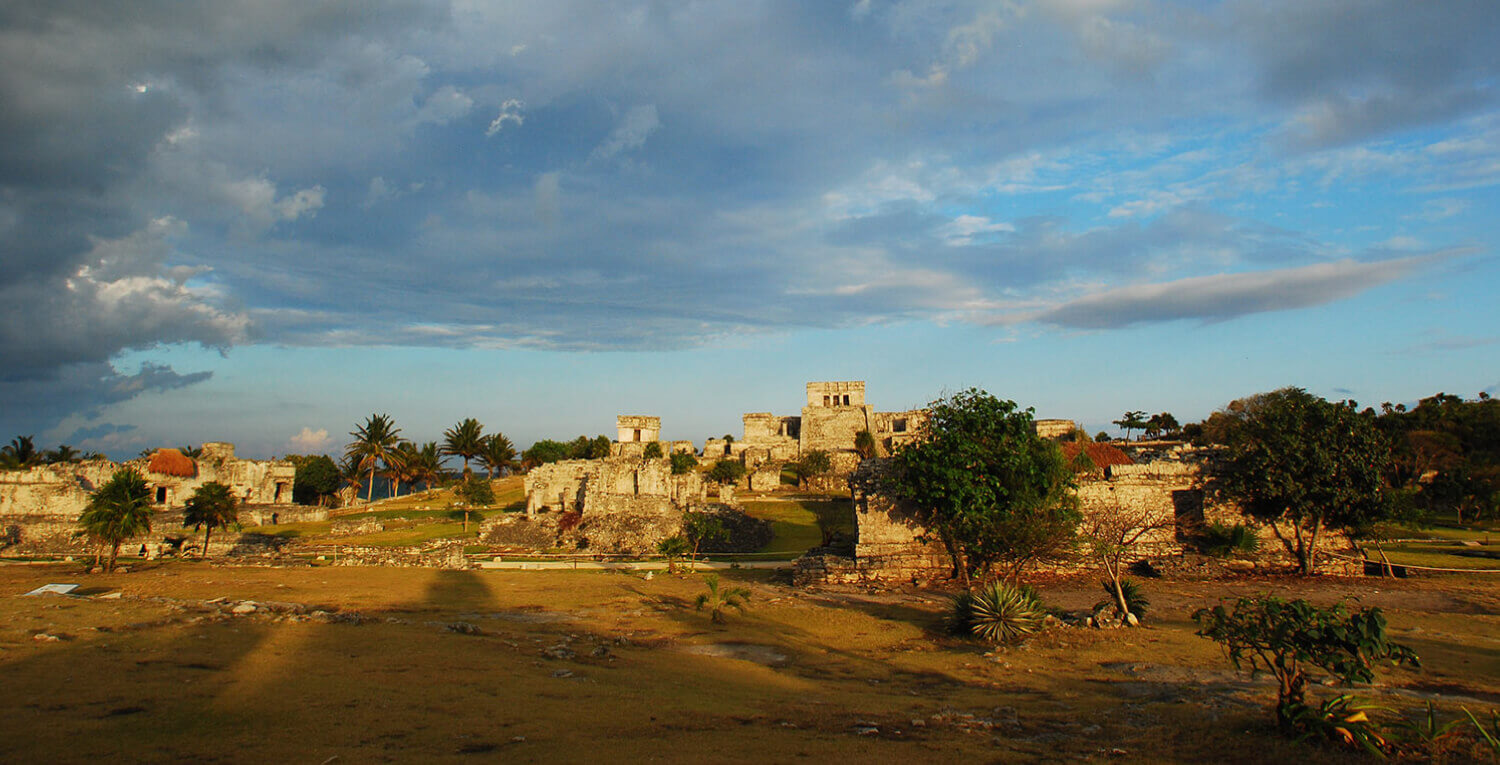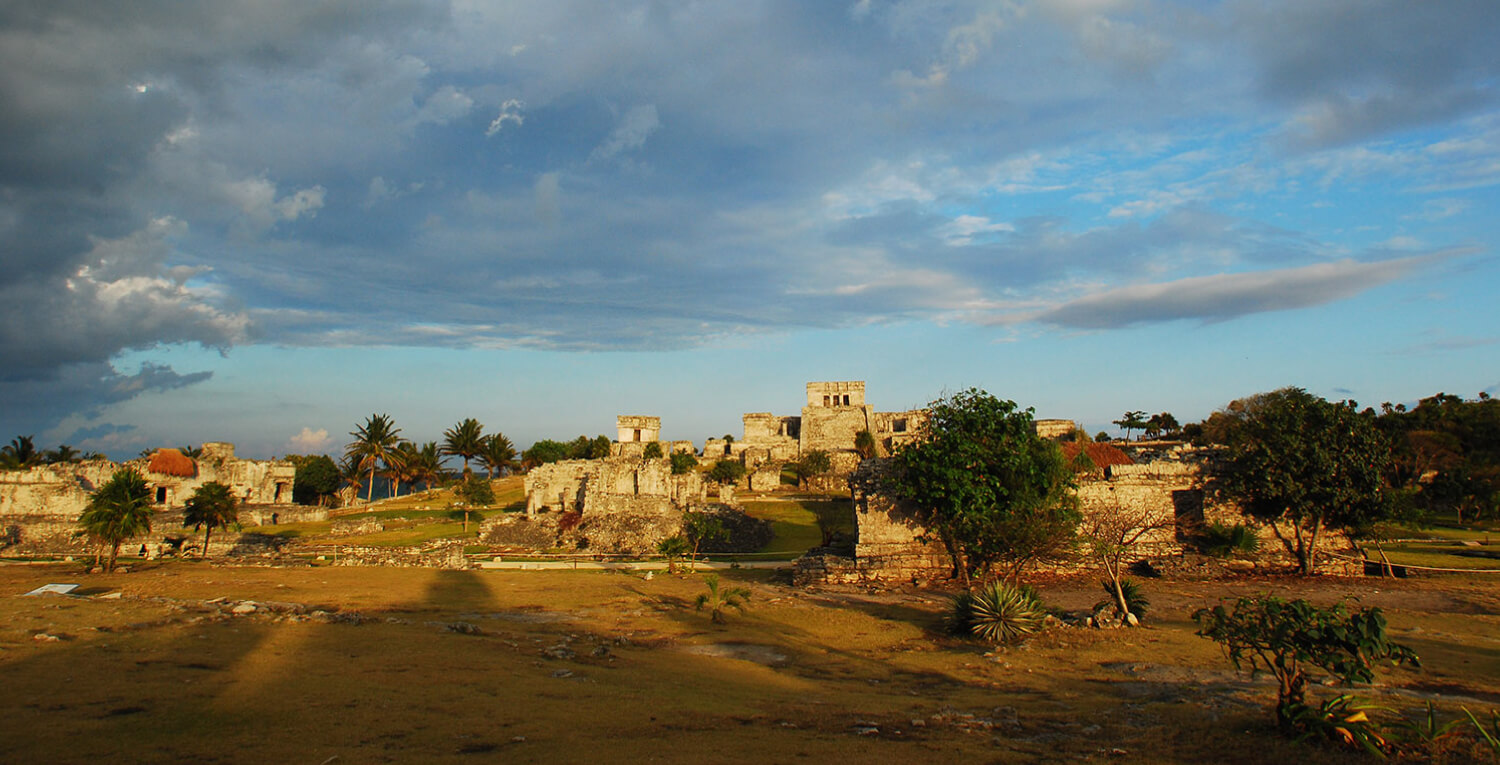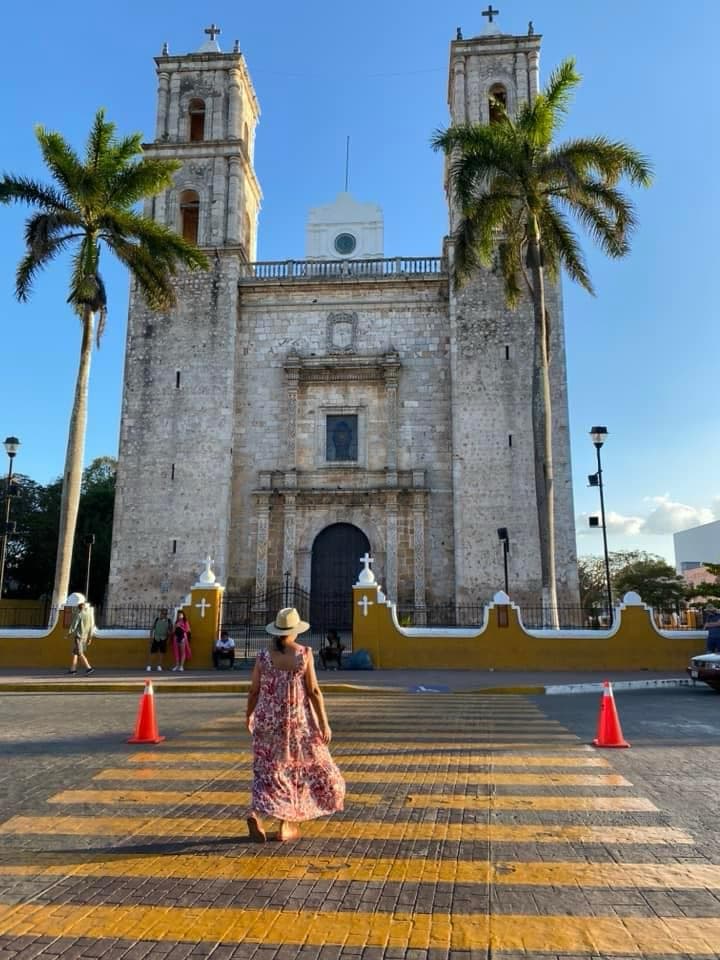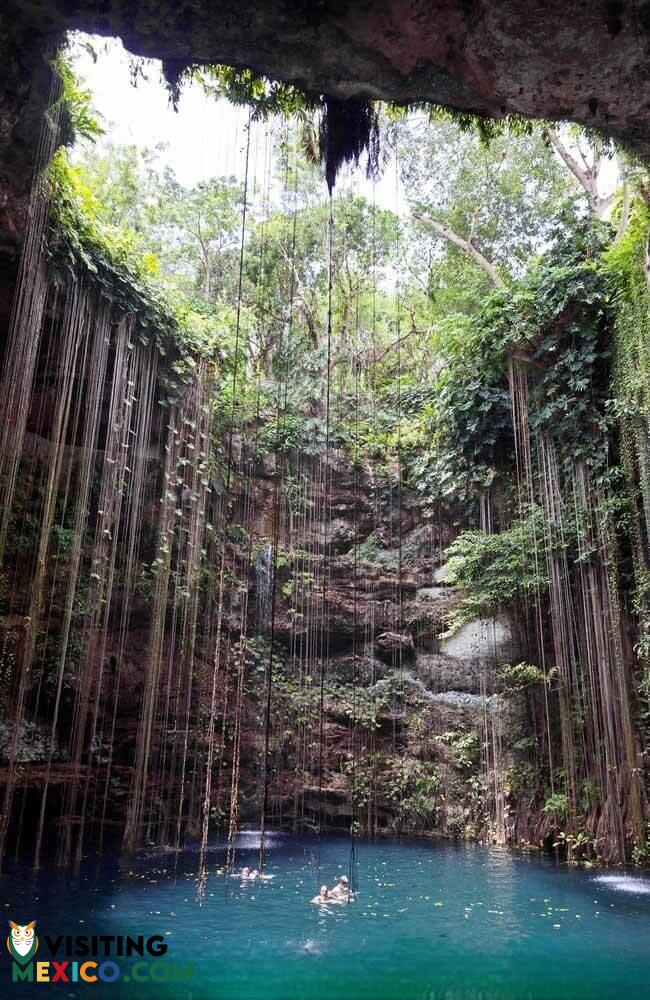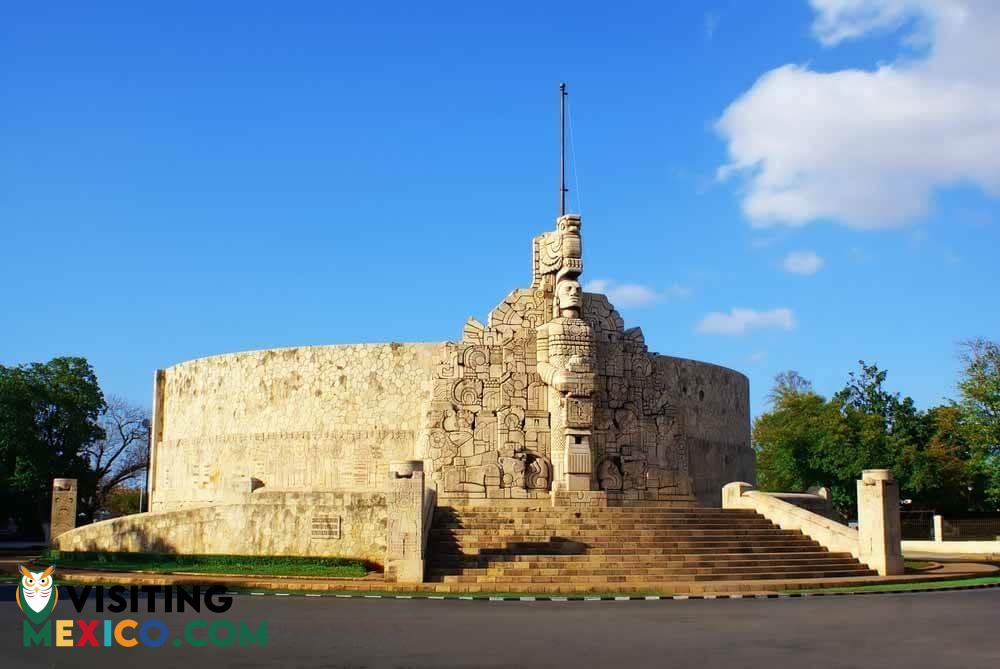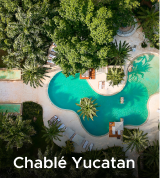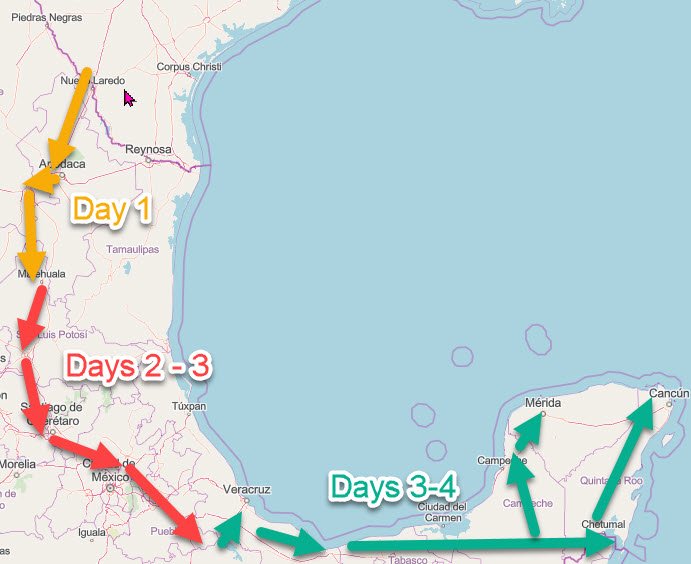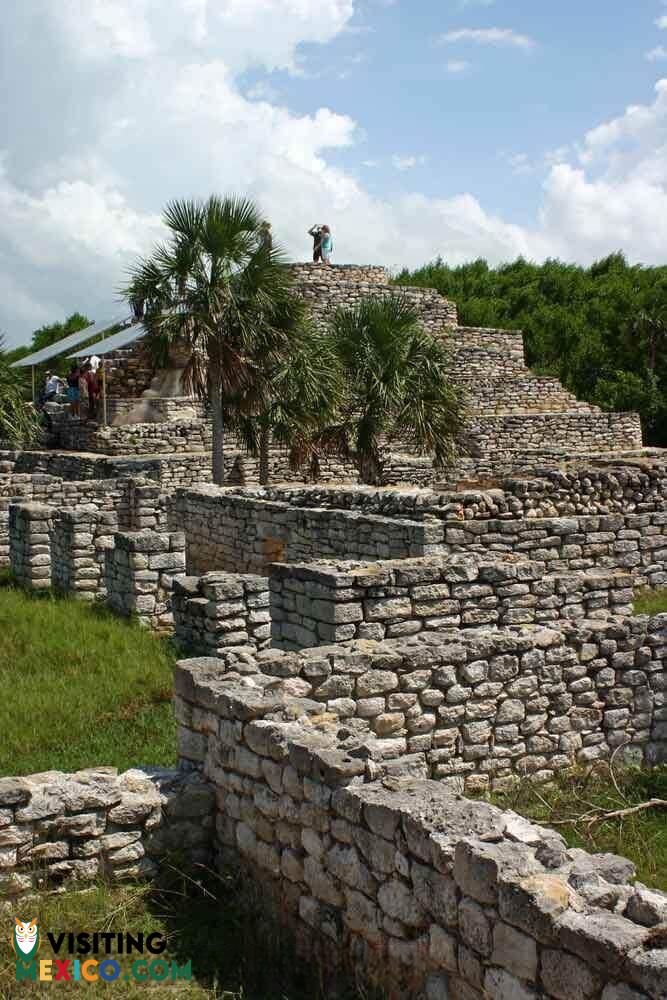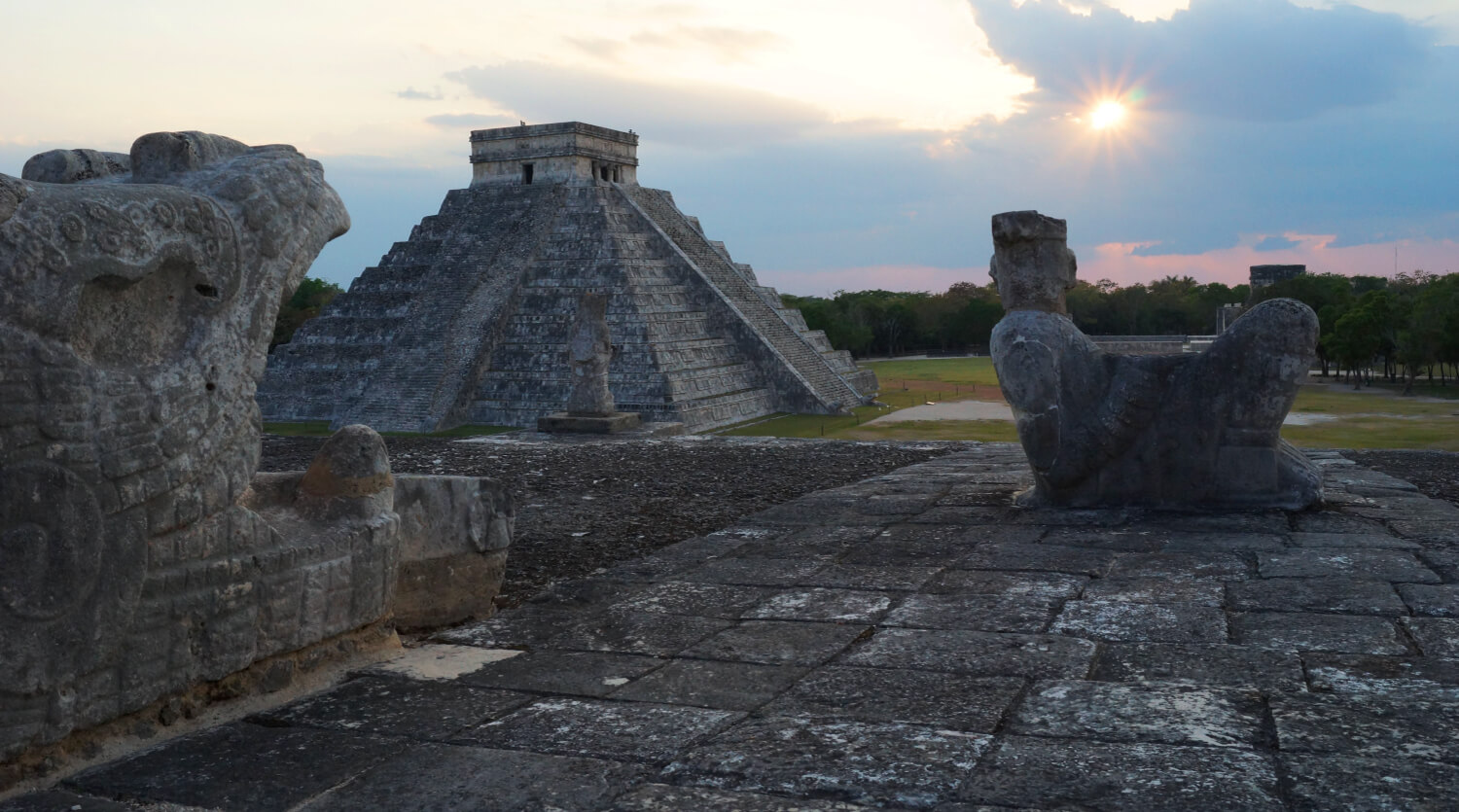IMPORTANT FACTS
Yucatan has a population of 1,987,769 people. It is deemed the country’s twentieth largest state with its area of 15,294 square miles. Its capital is the beautiful colonial city Merida, which is also the largest city in the state. Other major cities of Yucatan include Valladolid, Kanasin, Ticul, Progreso, and Tizimin. Aside from its landscapes and culture, the state is noted for its food, which embodies elements of indigenous, Spanish, and Caribbean cuisine.
GEOGRAPHY AND LANDSCAPE
Unlike many states in Mexico, Yucatan has very flat topography. The hills of Puuc offer a slight variation in the flat landscape and are located in the southern region of the state. While the state lacks major rivers and creeks, it does boast many cenotes, small lagoons, and subterranean lakes.
Many cenotes are popular tourist attractions. Its medium and low jungle flora is home to jaguars, pink flamingoes, various reptiles, and white-tail deer. The state is regarded as a birdwatcher’s paradise due to its population of tropical birds. The state’s tropical rainforests attract considerable eco-tourism as well as historians and archaeologists interested in exploring the ruins that dot the region.
TOURISM
While the capital and the state’s other major cities draw many visitors each year, the jungle terrain and Mayan ruins also lure tourists to the state with promises of adventure and breathtaking sites of ancient significance. The state’s immense tourism industry has resulted in many amenities important to tourists like tours, world-class hotels and spas, and various venues that communicate the history and culture of this extraordinary state. From the beaches to the rainforests, visitors enjoy activities like sport fishing, scuba, hiking, and sightseeing.
MERIDA: THE CAPITAL
The capital is located about twenty miles from the Gulf coast. Of all Mexico’s large cities, the capital boasts the largest indigenous population. Its colonial structures are complemented by its plazas, sidewalk restaurants, and elegant hotels. It’s a popular base for eco-excursions to archeological ruins, ecological parks, beaches, and traditional villages. It also contains magnificent museums and parks that delight tourists from around the world.
CUISINE
The cuisine of Yucatan is unlike most Mexican food. Its main elements are derived from Mayan, Spanish, and Caribbean elements, but there are also aspects of other European cuisines and Middle Eastern cuisine. The end result is a highly unique blend of ingredients and flavors that compose such popular Yucatan dishes as Queso Relleno (Dutch cheese balls with tomato sauce), Bulkeken (Mayan pork and beans), and Sopa de lima (soup made with lime, chicken broth, and shredded chicken). The region’s most popular spice is achiote, but visitors can expect many dishes flavored with chilies, cinnamon, Mexican oregano, cloves, garlic, and peppercorns.
OTHER THINGS TO SEE AND DO
- Chichen Itza: This ancient Mayan site is the largest Mayan site of the Yucatan Peninsula. It is a UNESCO World Heritage Site and regarded as one of the New Seven Wonders of the World. Its most recognizable monument is the pyramid, El Castillo
- Uxmal: A UNESCO World Heritage Site, this Mayan ruined city is noted for its beauty. Palaces and courtyards make this one of the state’s most celebrated archeological sites.
- Cuzama: With its three stunning cenotes, Cuzama is an enchanting village located under an hour’s drive from the capital.
- Progreso: Situated on the Gulf of Mexico, this port city is well known for its beaches, pier, and lagoon.
- El Cuyo: This Emerald Coast fishing village is noted for its sparkling waters and the migrating pink flamingoes that visit there between January and September.
- Arrecife Alacranes Nature Reserve: This reserve is a group of coral islands off the coast of Yucatan that are famed for snorkeling and diving.
- Izamal: This small Yucatan city is east of the capital and noted for its Mayan and colonial sites.
- Celestun: This charming village located on the Gulf of Mexico boasts a nineteenth-century lighthouse and is revered for its bird population as well as nearby mangroves.
- Loltun Cave: Located south of the town of Oxkutzcab, Loltun Cave contains Mayan cave paintings that date to, at least, the Late Preclassic Era.
- Valladolid: This city is noted for its picturesque downtown which is home to the cathedral, the Municipal Palace, and a handcraft market. The city is known for its colonial architecture and Mayan culture.
Plan a trip to Yucatan
